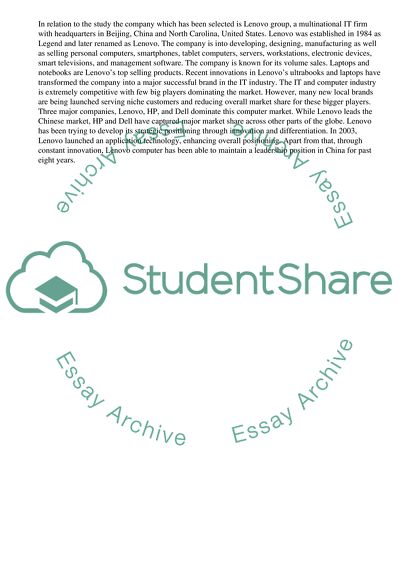Cite this document
(“Strategic and competitive positioning of Lenovo Essay”, n.d.)
Strategic and competitive positioning of Lenovo Essay. Retrieved from https://studentshare.org/business/1648939-business-stratege
Strategic and competitive positioning of Lenovo Essay. Retrieved from https://studentshare.org/business/1648939-business-stratege
(Strategic and Competitive Positioning of Lenovo Essay)
Strategic and Competitive Positioning of Lenovo Essay. https://studentshare.org/business/1648939-business-stratege.
Strategic and Competitive Positioning of Lenovo Essay. https://studentshare.org/business/1648939-business-stratege.
“Strategic and Competitive Positioning of Lenovo Essay”, n.d. https://studentshare.org/business/1648939-business-stratege.


